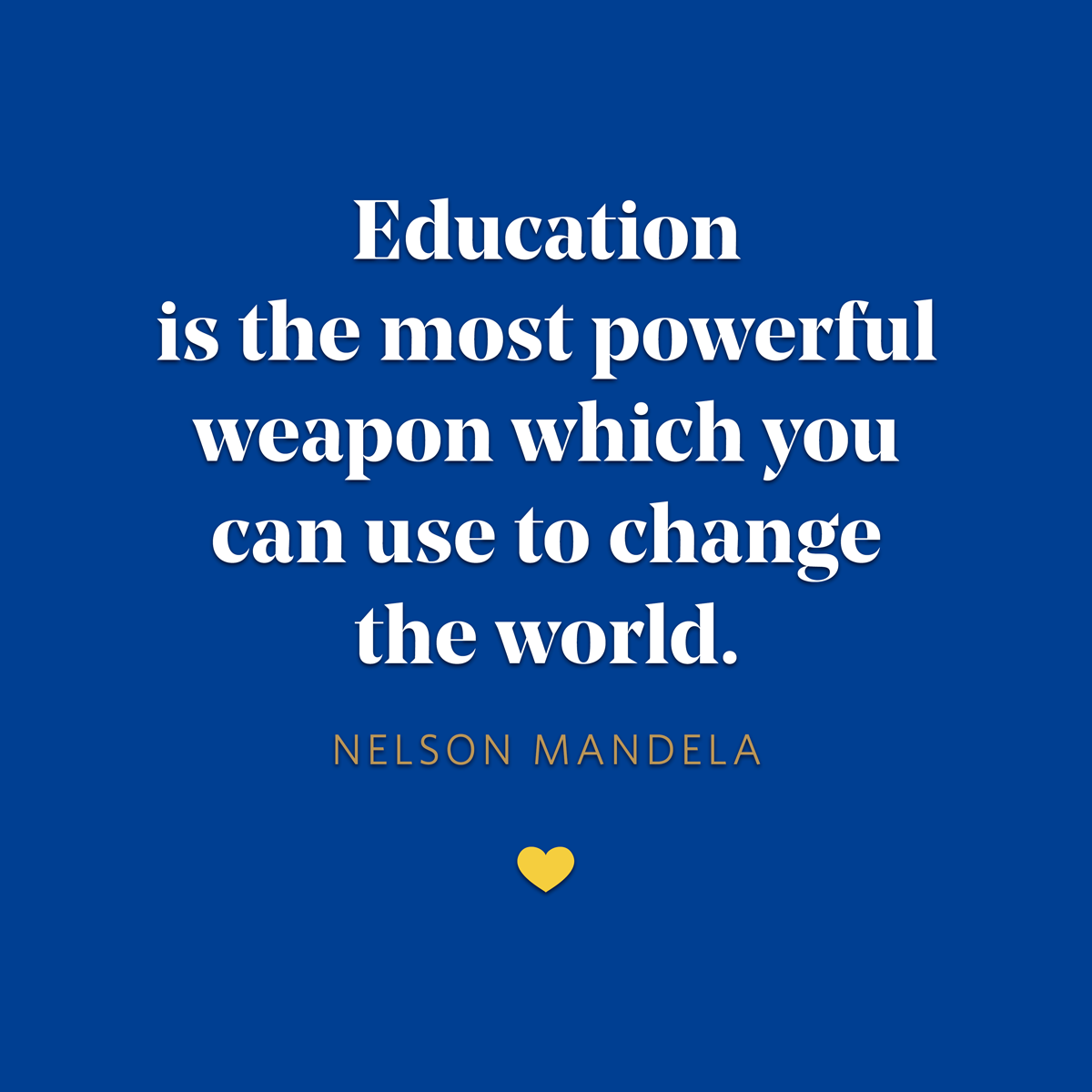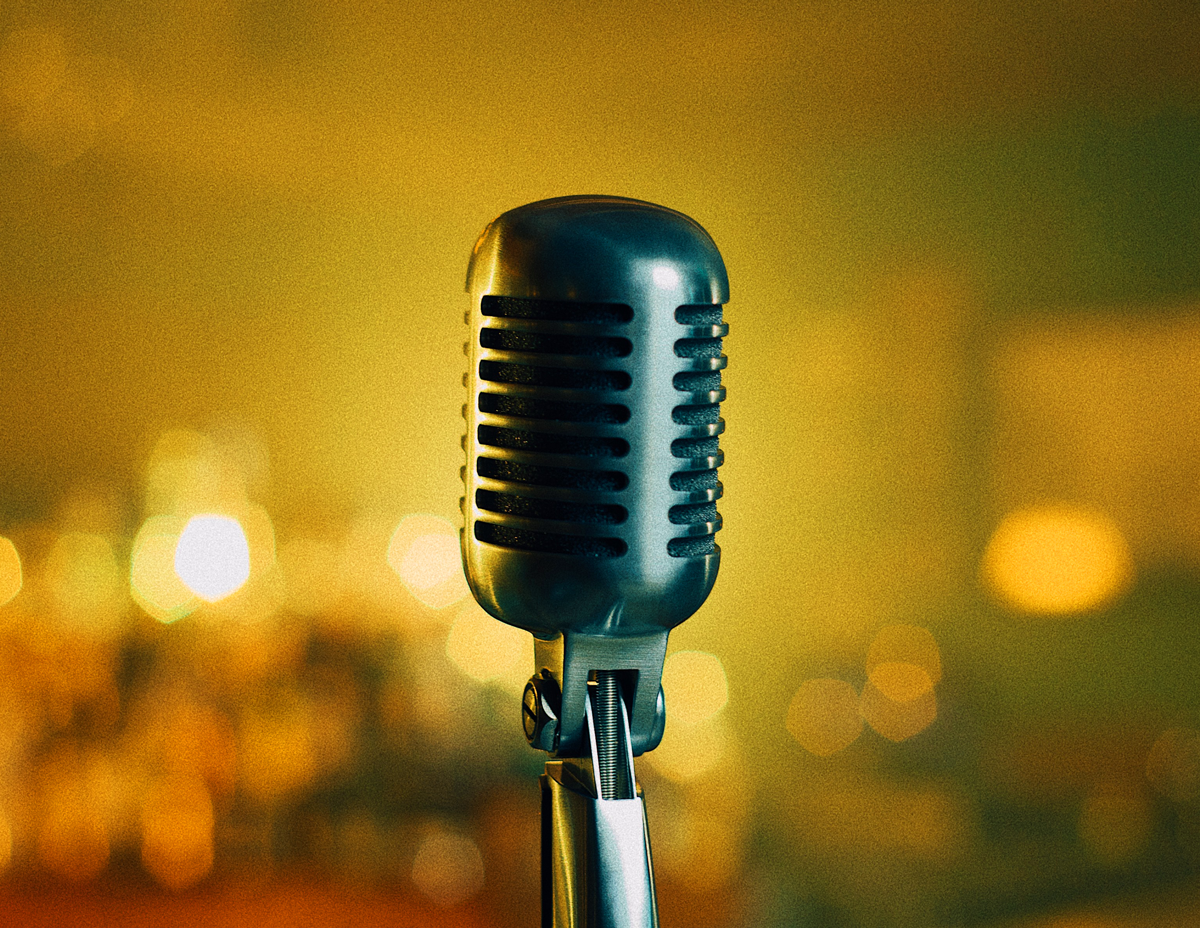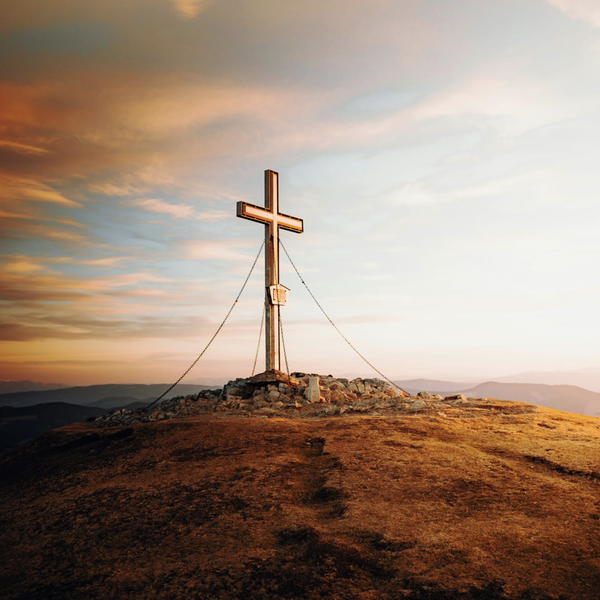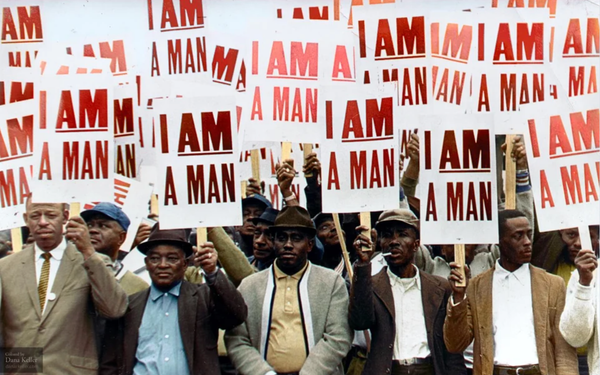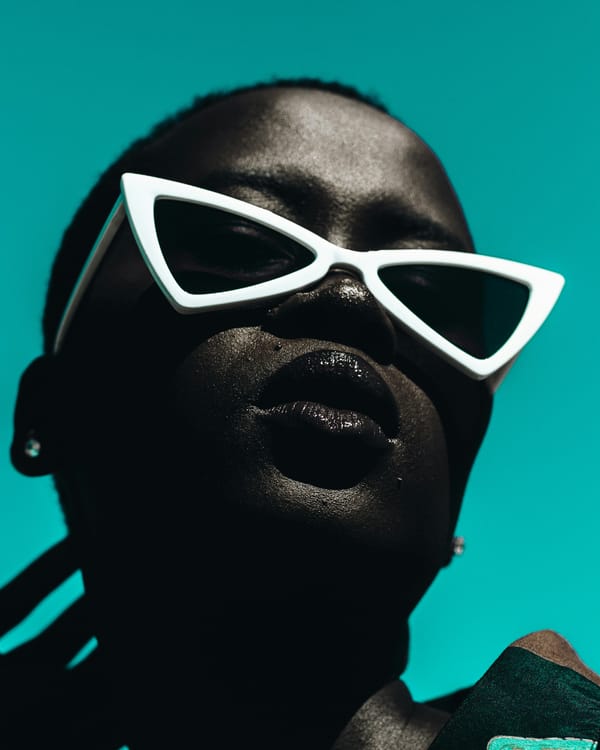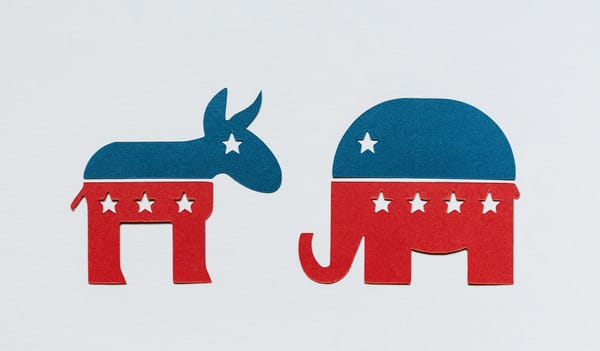Editor’s Letter
Special thanks to everyone who stopped by our presentation for Saturday’s Medium Day event! It was a joy seeing everyone’s faces—old friends and new. While Sherry and I have worked with numerous writers over the years and cultivated some great relationships, this was the first opportunity we’ve had to interact with writers as an ensemble.
We all learned straightaway that thirty minutes wasn’t enough time to get our prepared thoughts out and answer as many questions as we would have liked. But as promised, we will answer a few of those questions over the upcoming days.
Here’s a question asked by one of our “Racial Equity, Allyship, and Inclusion: The Basics” attendees.

THE “Q”: Julie asked, “Clay, I have experienced confusion regarding ‘allyship.’ Both my understanding & others. Sometimes, people want an ally but are not fully mindful of or committed to an ‘alliance,’ the latter being an agreement to support each other. Can you speak to this? Thank you.”
THE “A”: Julie, let me take a moment to define a few terms first. Obviously, an ally is someone who shows up to partner in or support efforts to eradicate or lessen the impact of racism.
In Fieldnotes on Allyship, I describe allyship as “the long-term, perhaps even lifelong, commitment to the process of learning, growing, and the advancement of equality.” It’s the stuff an ally does.
You’ve brilliantly added a new dimension to the discussion by introducing the word alliance. Oxford Languages defines as alliance as: a union or association formed for mutual benefit. And union or association implies some sort of relationship. More on the specific inhibitors and catalysts in this particular type of union in a bit.
Allyship has two aspects: the internal workings (learning and growing) which occur within the ally. The other is an external aspect—the actual serving in support of marginalized people.
The internal works that take place—the learning about racism, what it is, what it isn’t, the many ways it has been manifested in society, how it negatively impacts the lives of people, the behaviors that perpetuate it, and how even the best “good” person can still unknowingly perpetrate deeds that denigrate Black, Indigenous, and People of Color—all that education, all that self-awareness, and all that awareness of how the world works is every would-be ally’s responsibility. NO ONE ELSE can do that for an aspiring ally. This personal development is independent of anyone else’s beliefs or actions. We live in a time where information is only a mobile phone away. So anyone wanting to grow in that area has no excuse.
The external work of an ally is active, ongoing support. These efforts don’t exist in a vacuum and cannot be done solo. I’m speaking about allyship beyond making a donation here or there. Authentic allyship takes place within the context of relationships. Yes, anyone can have head-knowledge about a people, their culture, or history, but the good stuff lies in learning firsthand about one another. Think about the difference between reading about a person versus sitting down with them and speaking with them face-to-face. There is no comparison.
It’s through those conversations, the nonverbal communication, intonation, etc., that we learn how people came to be the people they are and what’s important to them. I’m not saying that those who aspire to advocate with and for Black, Indigenous, and People of Color first need to be besties with us. What I am saying is they’d be better served by doing their homework first.
Why?
Because Black, Indigenous, and People of Color have skin in the game, and we’re out here trying to stay alive. And we don’t have time to spoon-feed adults who should already be aware of what’s been going on in America since before America was America. Too many of us have been burned by folks all too eager to get their merit badge and move on to the next feel-good cause célèbre. That’s not allyship. That’s predatory friending.
“I need my allies to know me sufficiently for shared empathy. Knowing and empathy are lifelong processes rather than endpoints.”
—Christienne Leigh Hinz, Fieldnotes on Allyship
Part of the reason people don’t commit to allyship is that they fear making mistakes. For much the same reason that toddlers can’t start running track after their first day of learning to stand, allies need to understand that they are destined to make mistakes. It comes with the territory. Black folks know would-be allies will invariably fumble, if not drop, the ball. But what’s more important to us is how they recover. Will they give up, make it all about themselves, deny any wrongdoing—accidental or otherwise? Or will they own up to the mistake, apologize, and strive to do better?
Some folks miss the allyship train because racial equity, allyship, inclusion, and the like are concepts that mean nothing to them. No visceral connection to opposing racism exists. They simply don’t get it. For others, activism is purely performative. That is to say, their activism exists for show, lacks any substance, and is more reflective of their desire to be seen as a good person by others.
One needs to be put in the position of having to clean up a would-be ally’s mess only a couple of times to become skeptical. White folks can walk away from anything remotely related to racism at will. That’s a luxury unavailable to Black, Indigenous, and People of Color. We wake up as a Black, Indigenous, or Person of Color every day and go to bed that way every night, subject to the effects of other folks’ race-based prejudices. So people have to understand when marginalized people are skeptical of would-be or self-proclaimed allies, it is not a matter of anyone being unkind, spiteful, or unfair; but one of self-preservation.
Like anyone else in a similar situation, our trust has to be earned. Confidence in a newcomer’s intentions is an integral component of any relationship. How can someone advocate for another if they don’t demonstrate an understanding of that person’s lived experience? More importantly, for anyone to blindly assume someone shares or understands your goals without proof of their intention or capacity to deliver on their promises is foolhardy. No one can advocate for someone without a proper grasp of the situation. First of all, total understanding of someone else’s experience is impossible. Second, it’s not a prerequisite for allyship. But a little empathy goes a long way.
Let me offer one example before I close. I forget the exact details, but Sherry Kappel (OHF Weekly Managing Editor) can probably recount what happened far more accurately than I . . . but in Our Human Family’s early days, she expressed an interest in helping with Our Human Family. To say that I was dubious would not be an exaggeration. OHF was relatively new, and I knew little about her. Not to mention I’d been burned before and I wasn’t about to hand the reins over to someone right away. Needless to say, we have gotten to know each other and since developed trust in one another.
Is it always easy? No.
Is it always fun? The vast majority of the time, yes. But when we disagree or have pissed each other off (and it has happened), we actively listen to each other, choose to reconcile, and move forward to create some good work.
I suspect the highest form of allyship resembles an alliance, a partnership rooted in respect and care. As in any healthy relationship, a commitment to treating each other with respect and care is a must. It also requires a healthy dose of grace. Wiggle room. You know . . . as you get to know someone, their story, and their heart, you become more willing to extend them the benefit of the doubt for an occasional gaffe.
Supporting Black, Indigenous, and People of Color in our pursuit of racial equity works best when it is rooted in the desire to eradicate social injustices by leveraging one’s self, gifts, talents, abilities, and/or advantages to benefit a marginalized person. But with that said, allyship, in its purest form, is simply being a better person. It’s being the best version of yourself, bringing that self to the fore, and being fully present in your advocacy when the moment calls.
I hope that helps, Julie. And as always—
Love one another.
Clay Rivers
OHF Weekly Editor in Chief
New This Week
Men and Mental Health
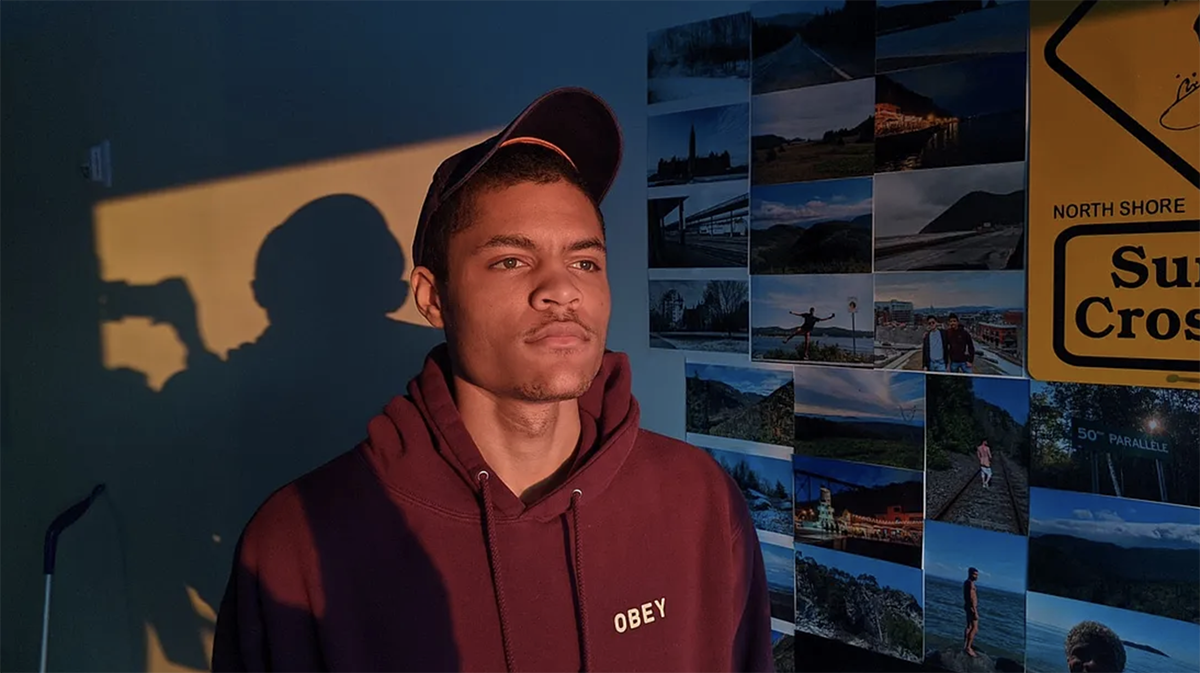
The issue of men and mental health is one that periodically finds itself as the subject of discussion. Magazines such as Time, Newsweek, Men’s Health, and of course, Psychology Today have periodically run feature stories on the topic. Most of the time it is the subject of a guy or several men who have been overwhelmed with a helpless state of fear, despondency, or some related form of irrational behavior that has managed to consume their psyche.
The end result is often a deep level of mental anguish, reluctance to acknowledge the problem, fear, or a great awakening of some sort on the part of the man, or men, in question. While such an admission, more often than not, is a positive revelation on the part of these guys, the fact is that mental health is still considered a silent crisis for many men.
The reasons for this vary. Many experts attribute this fact to the growing number of pressures placed on men in our contemporary society. Rapid transformations ranging from work, family, and personal life have taken its toll on a considerable segment of men in our current culture. Views on mental health within one’s community, such as the opinions of Black or Latino men, as well as pressures from the greater community, must also be considered.
Regardless of the reasons (and they are important to diagnose), the fact remains that many men (unlike women) are often apprehensive, and in some cases outright resistant, to seeking help to confront the issue.
For many men, doing so indicates they are weak or subpar, and raises a fear they will be viewed as insufficiently masculine in the eyes of their fellow male brethren and, in some cases, female counterparts. When it comes to emotion-related issues, men are taught to “wear the mask” and present a public face of power, confidence, and strength.
Consequently, the “I have it all under control. Everything is cool” persona is having a crippling effect on many men as they are falling further behind, and in some cases are dropping out of society in general. This is a situation that needs to be addressed, and men themselves can make such changes in their own lives.
Read the complete article at OHF Weekly.

The Contributions Enslaved Africans Made to American Society
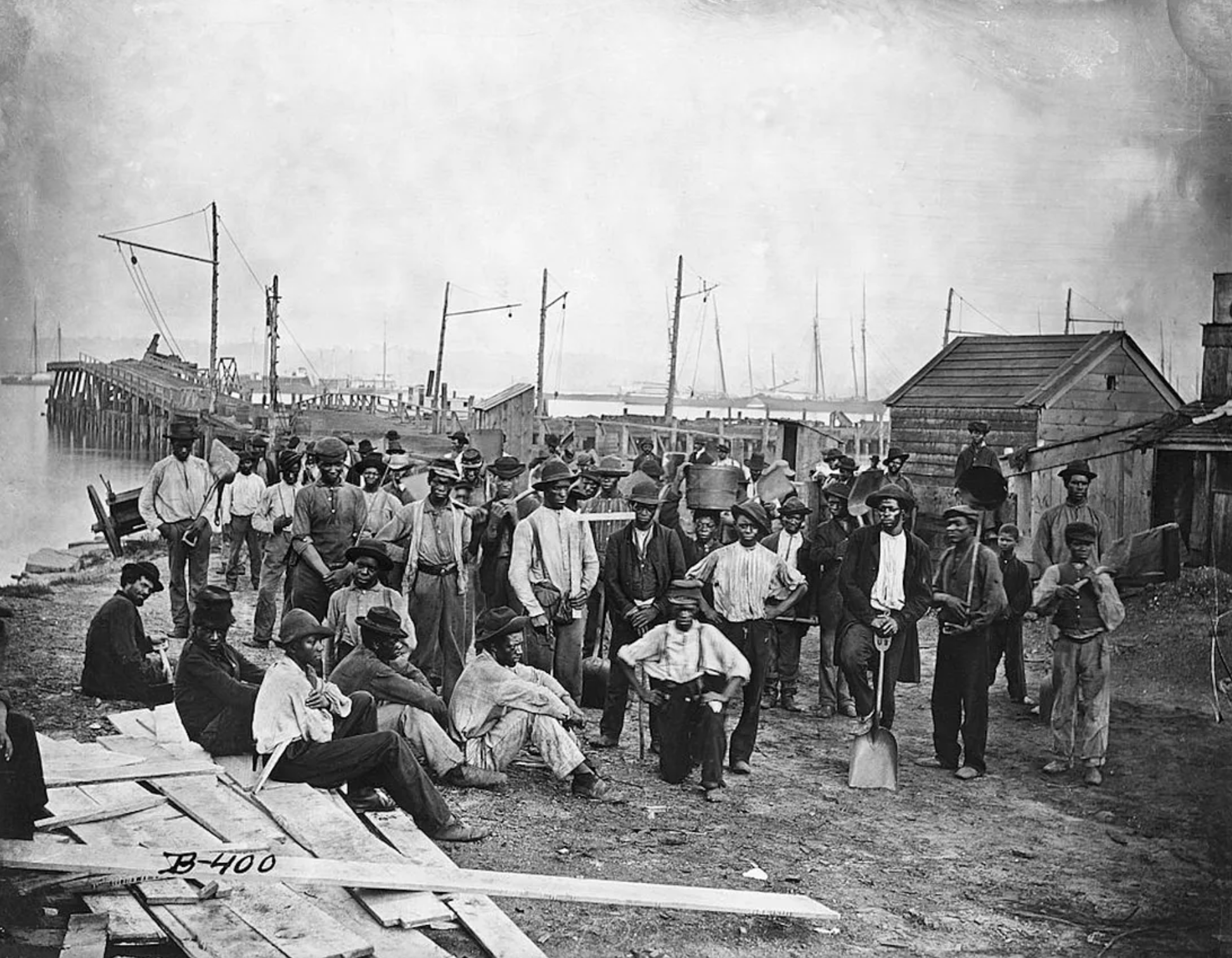
The state of Florida ignited a controversy when it released a set of 2023 academic standards that require fifth graders to be taught that enslaved Black people in the U.S. “developed skills which, in some instances, could be applied for their benefit.”
As a researcher specializing in the history of race and racism in the U.S., I—like a growing chorus of critics—see that education standard as flawed and misleading.
Whereas Florida would have students believe that enslaved Black people “benefited” by developing skills during slavery, the reality is that enslaved Africans contributed to the nation’s social, cultural and economic well-being by using skills they had already developed before captivity. What follows are examples of the skills the Africans brought with them as they entered the Americas as enslaved:
1. As farmers
During the period between 1750 and 1775, the majority of the enslaved Africans that landed in the Carolinas came from the traditional rice-growing regions in Africa known as the Rice Coast.
Subsequently, rice joined cotton as one of the most profitable agricultural products, not only in North Carolina and South Carolina but in Virginia and Georgia as well.
Other African food staples, such as black rice, okra, black-eyed peas, yams, peanuts and watermelon, made their way into North America via slave ship cargoes.
Ship captains relied on African agricultural products to feed the 12 millionenslaved Africans transported to the Americas through a brutal voyage known as the Middle Passage. In some cases the Africans stowed away food as they boarded the ships. These foods were essential for the enslaved to survive the harsh conditions of their trans-Atlantic trip in the hulls of ships.
Once on plantations in the land now known as the United States, enslaved people occasionally were able to cultivate small gardens. In these gardens, reflecting a small amount of freedom, enslaved men and women grew their own food. Some of the crops consisted of produce originating in Africa. From these they added unique ingredients, such as hot peppers, peanuts, okra and greens, to adapt West African stews into gumbo or jambalaya, which took rice, spices and heavily seasoned vegetables and meat. These dishes soon became staples in what would become known as down-home cooking. Crop surpluses from the communal gardens were sometimes sold in local markets, thus providing income that some enslaved people used to purchase freedom. Some of these African-derived crops became central to Southern cuisine.
Read the complete article at OHF Weekly.

In This Era of Racial Strife, What Gives Me Hope and Despair?
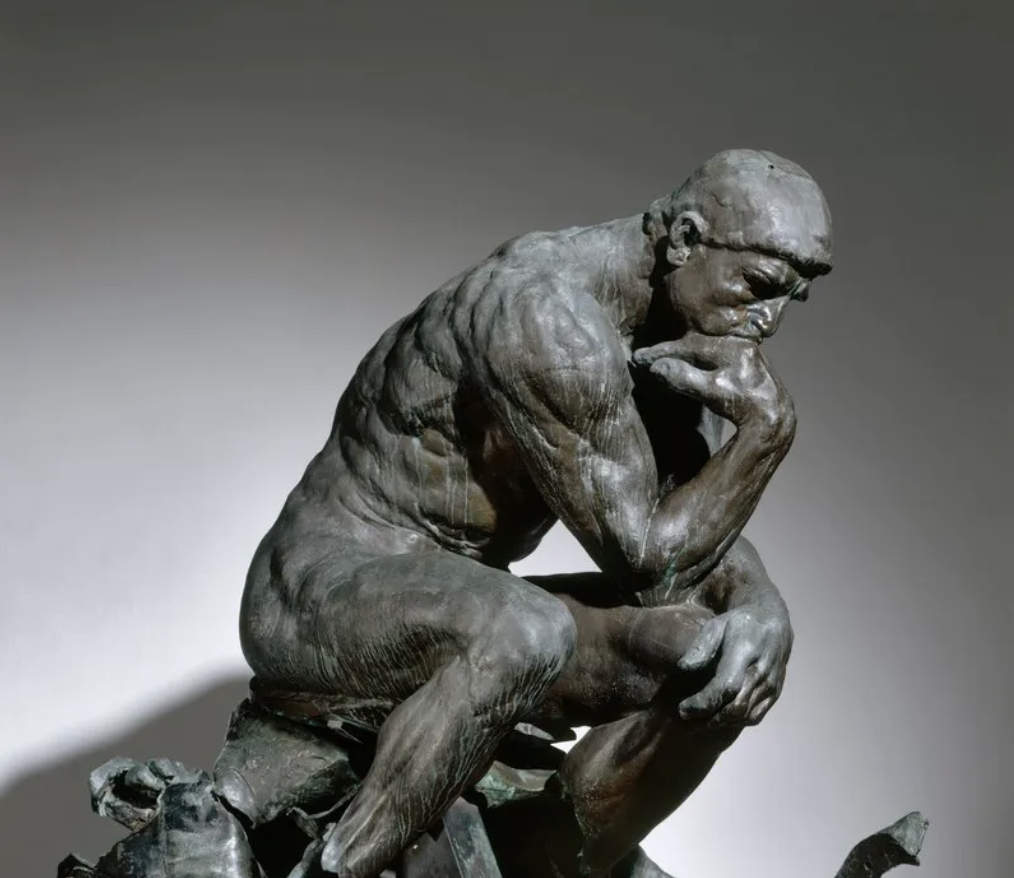
I primarily write about race, politics, history, and education; sometimes, they’re one and the same. I had the opportunity to participate in Medium Day as part of the Our Human Family panel on Racial Equity, Allyship, And Inclusion: The Basics. We received some questions from audience members, a couple asking what provides us hope and what gives us despair in the current environment. Another asked if it feels like we’re making a difference. There wasn’t time to address these on the recorded panel at length, but I’d like to provide my response here.
That we’re in an era of racial strife seems obvious. The recent Montgomery Riverboat Brawl makes it clear we’re sitting on a powder keg where any incident could set things off. None of the participants woke up that morning looking to engage in a melee, but the mindset of some white people on a pontoon boat gave them the right to do as they pleased and attack the Black man attempting to get them to comply with the rules and allow a riverboat with 275 passengers to land in their designated spot. Once the Black man was attacked by several white people, and after they had been cursed at before the incident escalated to violence, Black people had had enough and responded forcefully.

This happened to occur in Montgomery, but I suggest it could happen in most cities in America. If anyone had been carrying a gun or the incident hadn’t been captured on video, the result might have been different. At the time of this writing, four white perpetrators and a Black man wielding a folding chair were arrested.
I don’t dwell on despair, but it does occur in two areas. Writing as much about history as I do, I recognize that America has never been without racial strife, whether it be towards Native Americans, or the first Black enslaved people or indentured servants, Mexicans, and those populations that weren’t white until they were. America has had Slave Codes, enslavement, Black Codes, and Jim Crow. We currently have systemic racism and voter suppression constantly working against equality. Suppose we accept that we are on an arc bending toward justice. We can still acknowledge that we take steps backward along the way, and I believe we’re in one of those steps.
Read the complete article at OHF Weekly.
Final Thoughts
